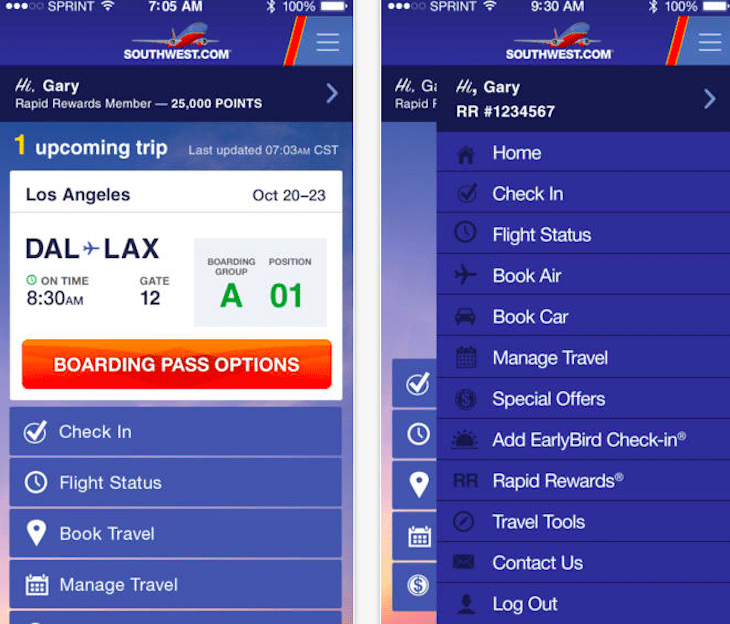Skift Take
Airlines are counting on demographic shifts toward younger passengers to boost ancillary sales on mobile devices.
The mobile revolution hasn’t exactly made its way into airlines’ sales of ancillary services — at least not as fast as they wanted it to.
However, airlines are banking on their sales of ancillary services through mobile devices growing exponentially by 2017 as 98% of airline officials in a SITA survey indicated they plan to expand ancillary services.
A 2014 SITA Airlines IT Trends Survey found that while passengers haven’t heavily used smartphones to interact with airlines, in three years airlines expect 11.6% of ancillary sales to come from mobile, an increase of 9.2 percentage points from 2.4% this year.
But what is taking so long to make mobile sales of ancillary services commonplace?
The relatively slow growth likely stems from small screens and airlines not doing enough to differentiate the user experience on apps versus websites, with 37% of ancillary sales currently coming from websites, according to the study.
Jay Sorensen, president of product, partnership and marketing practice at IdeaWorks Co., says younger passengers will drive mobile’s growth over the next few years.
“The most significant demographic indicator is age for mobile use, with the youngest consumers pushing to replace laptop use with mobile,” Sorensen says. “So it won’t be a matter of what is sold via mobile, but rather how to sell more of everything via mobile.”
He points to Delta Air Lines as an carrier that’s doing well at migrating customers to mobile, citing its fee-based board entertainment.
Southwest Airlines, too, started offering similar services for use on Wi-Fi-enabled devices.
Some carriers use mobile to interact with users en route to the airport, offering a bevy of extras such as priority screening and seat upgrades. Sorensen says United does an exceptional job with this strategy, offering bonus miles, which are becoming a popular offering in the U.S.
The SITA report also finds that 75% of airlines plan to make mobile shopping available by 2017, making it a personalized experience. And more than 90% of airlines state they will offer mobile services like flight status notifications, boarding passes and check-ins within three years, while two-thirds will offer mobile baggage notifications.
Today, about half of all airlines can inform passengers through their mobile devices about disruptions, and that number will increase to 92% by 2017. This will require carriers to improve overall situational awareness and their capabilities to efficiently provide real-time data, according to the survey.
“Mobile should become merely another method of interacting with the airline,” Sorensen says. “Early on, there was a perception that mobile would not work for all interactions, and this is becoming less true.”
Questionnaires for the survey were sent to the top 200 carriers, and this year’s respondents represented airlines that carry more than 50% of global passenger traffic.
The Daily Newsletter
Our daily coverage of the global travel industry. Written by editors and analysts from across Skift’s brands.
Have a confidential tip for Skift? Get in touch
Tags: airlines, fees, sita, skiftstats
Photo credit: Southwest touts its Wi-Fi and onboard entertainment for use on travelers mobile devices. Southwest Airlines
